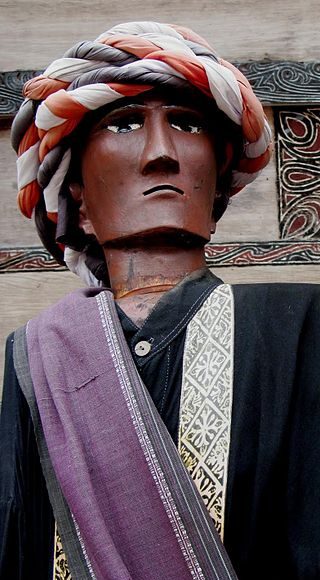Samosir Island in North Sumatra Province is one of the favorite destinations visited by many tourists, both domestic and foreign. Samosir is a volcanic island in the middle of Lake Toba. Not only can you enjoy the beauty of Lake Toba, if you visit Samosir Island you can also see first hand the culture and some of the beliefs that are still believed by the surrounding community.
One of them is about the history of the Sigale-gale Statue, which is a dancing wooden statue that has existed since the time of the Batak tribe kingdom on Samosir Island. A traditional leader on Samosir Island, Parlindungan Situmorang said, Sigale-gale is a wooden statue which was originally used in dance performances for the ritual of burial of the Batak tribe’s body.
“However, currently, the Sigale-gale dance is shown a lot, even attended by tourists both from within the country and abroad,” said Parlindungan, Thursday (12/9/2019).
Parlindungan said it was believed that Sigale-gale danced because of the spirit of the corpse to be buried. However at this time, while dancing, the statue was controlled by a player from behind. “Sigale-gale originated from the North Tapanuli area and then spread to Samosir Island. The people in Samosir call it Raja Manggale,” he explained.
Manggale is a king who is saddened by the loss of a child. To cure his sadness, he made a statue. The statue was once believed to be able to dance alone, and made the king happy because he felt his son was still alive.
The Beginning of the Sigale-gale Tradition
Sigale-gale was originally used for funerals. Ceremony for people who died without having children or who died without leaving children because all their children had died. “The ceremony is held, especially if the deceased has a high position in society, such as kings and community leaders,” explained Parlindungan.
This was done with the intention of connecting their descendants in the afterlife. In the Toba Batak community, if someone who has a position dies and he has no offspring, then he is looked down on and does not bring good. Therefore, the wealth he left behind will be spent on holding the Sigale-gale ceremony for the deceased person. Other people will not dare to take that person’s property for fear of contracting or dying like the owner.
At present, the Sigale-gale ceremonies have begun to be abandoned because many think that the ceremony is considered a parbegu religious ceremony, a ceremony based on belief in begu or the spirit of a deceased person. “Currently, the Sigale-gale is shown to introduce tourists. We as the Batak tribe are happy, because the culture they have is liked and liked by people. Moreover, every year, there are millions of tourists who come to Samosir Island to see Sigale-gale performances,” Parlindungan emphasized.
Source : liputan6






























